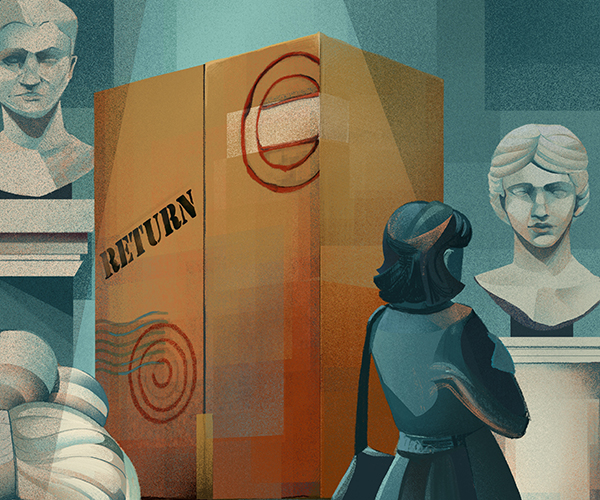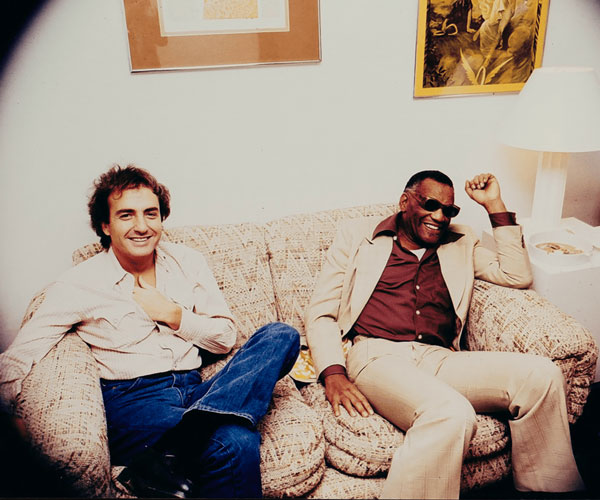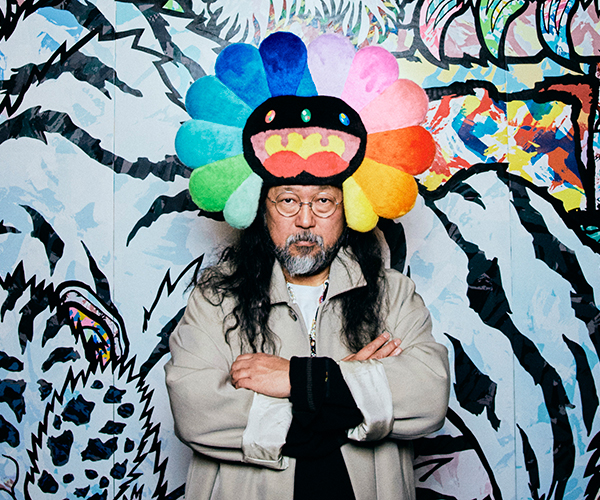The Rock and Roll Hall of Fame and Museum is celebrating its 15th anniversary this month by remaking itself. Soon after its Sept. 3 Rock Hall Ball featuring Eli "Paperboy" Reed, DJ Tommie Sunshine, alt-rock band Foxy Shazam and a VIP pre-party honoring Sen. George Voinovich, the museum is kicking off a renovation of its galleries, which will roll out in stages through 2011. Meanwhile, archivists at the Rock Hall's new library and archives at Cuyahoga Community College's downtown campus are busily digitizing recordings and documents to prepare for its opening to the public next spring. Rock Hall CEO Terry Stewart talked with us about the museum's past and future evolutions.
Q| What will the public be able to see at the library and archives?
If you're a student or a fan, you can sit at one of the computer kiosks and pull up the induction ceremonies, pull up all the interviews that we've done in the last 15 years. You can watch musical videos we've gotten from MTV and VH1. You'll be able to look at magazines and periodicals that go back as early as the '20s and '30s, talking about the rise of race music and jazz and swing, and eventually the rise of rhythm and blues and rock 'n' roll.
Q| What are the major changes we'll see once the galleries are renovated?
There's this great story about the rise of this music and the fact that it doesn't start with any one artist. The story will be told in as linear a fashion as you can. You'll have the early influences and the roots, then the '50s, '60s and so on. Through way-finding devices and other structural elements, we're going to push people through the museum in a very standard fashion.
Q| How has the Rock Hall's relationship with the city changed in the past 15 years?
Anywhere from 10,000 to 12,000 kids a year from the [Cleveland] school system come in here and get math classes or science classes or history classes from us — math based on the shape of the building. We teach the science of sound: We use an O'Jays song and put a giant oscilloscope on the screen, and they're taught the wave theory of how sound travels through air. We now have what I call the most award-winning, celebrated educational program coming out of a fine arts museum in the United States. ... We also try to make sure the community realizes that this is an African-American-based art form. It is not a skinny white kid with a guitar — that's a small piece of it.
Q | Do you have a favorite item at the museum that might be easy to overlook?
Howlin' Wolf's money bag. [It's] a beat-up old suitcase in a blues display surrounded by guitars. Howlin' Wolf didn't trust banks. He carried every cent he had in that bag. He would take it everywhere he went and put it right next to him or under his chair. That was the most important thing in his life.
Highlights from the Rock and Roll Hall of Fame and Museum's first 15 years.




